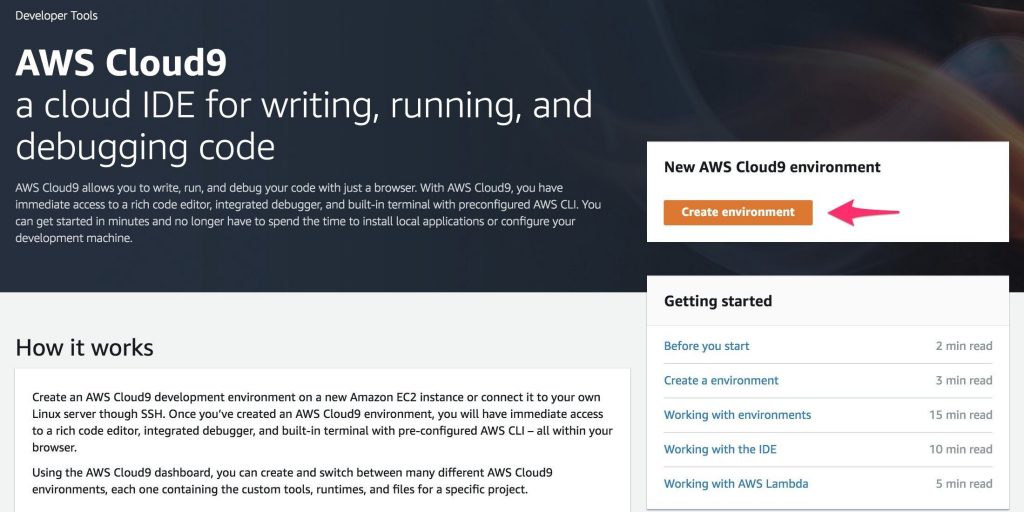AWS Public Sector Blog
Category: Technical How-to
Creating an outbound calling solution during a pandemic using Amazon Connect
City and state government leaders are on the front line fighting COVID-19. Government agencies need to reach their constituents at a moment’s notice to communicate everything from the location of disease hot spots, calls for volunteers, providing life-saving guidelines, and keeping the public informed about the current state of affairs. They need to be able to reach citizens virtually or through electronic methods, since meeting in person isn’t an option. In this blog, you learn how to create an Amazon Connect instance, set it up in over a dozen languages, and send messages to millions of people in a short period of time.
Optimizing your call center to improve citizen services with the cloud
Public sector organizations are experiencing a high volume of requests for information ranging from health to finances to municipal services. At a time when in-person interaction is limited, citizens can call into contact centers to get the insights they need to make real-time decisions about their health and safety. Many organizations are turning to the cloud to quickly scale and deploy a contact center. But, understanding your cloud contact center at granular level can help better serve your constituents.
Getting started with a healthcare data lake
Data related to healthcare, in both volume and variety, is undergoing a tremendous expansion. One of the best ways to tackle complicated data integration is through a data lake: a centralized, curated, and secured repository that stores all your data, both in its original form and prepared for analysis. A data lake enables you to break down data silos and combine different types of analytics, such as data warehousing, big data processing, or operational analytics, to gain insights and guide better business decisions.
Securing your AWS Cloud environment from ransomware: New eBook available
Organizations around the world are making headlines after falling victim to ransomware attacks. Ransomware is malicious code designed to gain unauthorized access to systems and data and encrypt that data to block access by legitimate users. A newly released eBook, “Securing your AWS environments from ransomware,” shares who is at risk and why ransomware is effective, whether to pay or not pay the ransom, and how customers can automatically inherit certain security controls by building on AWS.
How to build a chatbot for your school in less than an hour
Your students have questions and you want to get them answers quickly and easily. With the rise in remote learning and education, virtual solutions such as chatbots are one way to make information available on-demand—anywhere and anytime. Did you know that you can create a Q&A chatbot for your educational institution in less than an hour?
Earth observation using AWS Ground Station: A how to guide
Over the past decade, a crop of new companies focused on Earth observation (EO) have made valuable EO data more accessible to a broad audience than before. As a result, we are seeing a dramatic increase in EO science. The value of EO data is the ability to monitor change. Recently, new instrumentation aboard satellites such as radar now allow us to “see” through clouds, allowing observation of any part of the Earth. The reliable, repeatable, and accurate data now flowing from satellites is opening up the reality of operational services powered by satellite imagery. Learn how to get started with EO data using AWS Ground Station.
Automating creation of a FedRAMP Integrated Inventory Workbook
Did you know AWS can help deliver an automated solution for creating the FedRAMP Integrated Inventory Workbook? This workbook needs to be updated and submitted to the FedRAMP Project Management Office (PMO) monthly for continuous monitoring. Automating this workbook saves manual work hours. Any customer going through the FedRAMP authorization process can leverage this workbook. Understand how to gather an inventory of AWS resources from AWS Config data to create the FedRAMP Integrated Inventory Workbook.
Escape unfriendly licensing practices by migrating Windows workloads to Linux
Migrating enterprise workloads to Linux removes operating system license cost and frees your organization from disruptions caused by unexpected—and sometimes punitive—license policy changes. The effort required to re-platform from Windows to Linux varies depending on how the application was implemented. The key is to identify and target workloads with the right characteristics, balancing strategic importance and implementation effort.
How to develop microservices using AWS Cloud9, Docker, and Docker Compose
According to a survey of attendees at the AWS DC Public Sector Summit in 2019, 74% of government IT professionals believe their agencies hold onto data centers longer than they should. Monolithic methods of deployment impact speed, performance, and cost. With microservices, customers can break their monoliths into smaller business units, making it easier to migrate and manage systems in the cloud. This post outlines how customers can migrate from on-premises data centers to the cloud and break away from monolithic methods of deployment using microservices and containers.
Automating fall detection with AWS DeepLens
What if someone in a hospital room or public train station suddenly falls due to a stroke or other health issue? An automated monitoring system like AWS DeepLens, a deep learning-enabled video camera for developers, could detect such falls and contact emergency services in a timely manner. Using AWS DeepLens, I created a solution.









